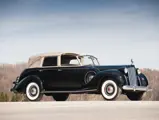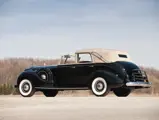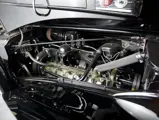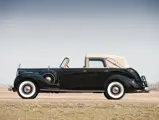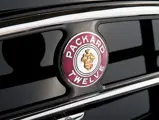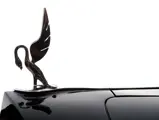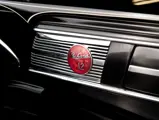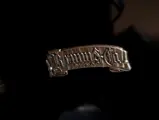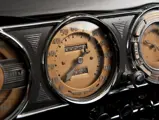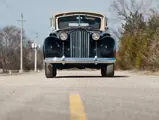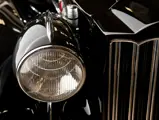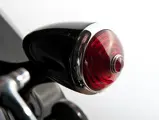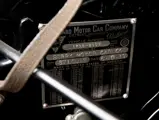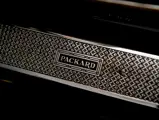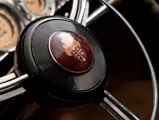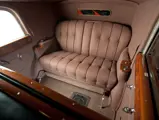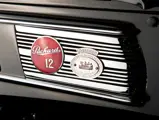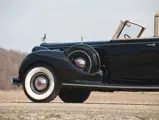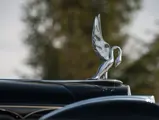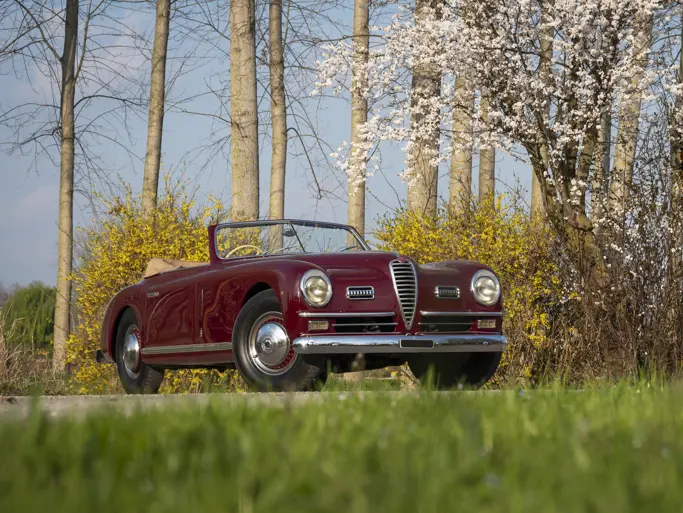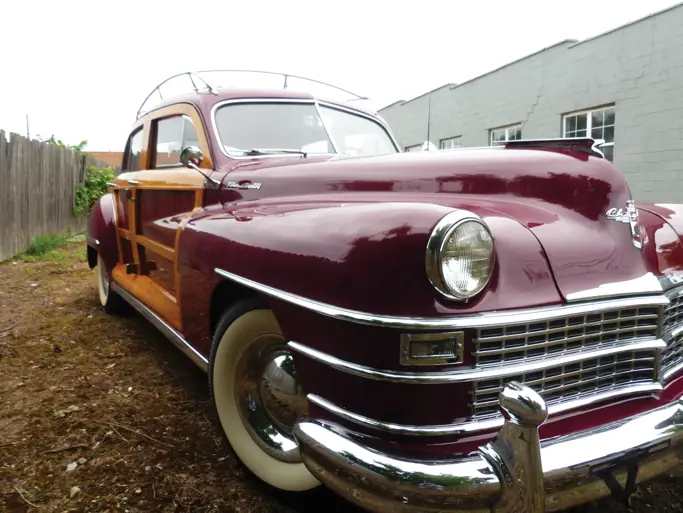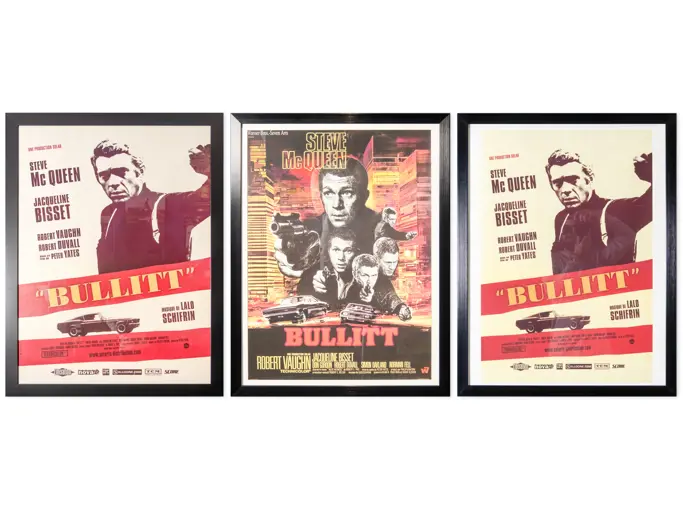St. John's 2011
1939 Packard Twelve All Weather Cabriolet by Brunn
{{lr.item.text}}
$178,750 USD | Sold
 | Plymouth, Michigan
| Plymouth, Michigan
{{internetCurrentBid}}
{{internetTimeLeft}}

Series 1708, 175 bhp, 473.3 cu. in. L-head V-12 engine, three-speed manual transmission, coil spring independent front and semi-elliptic leaf spring rear suspension, four-wheel hydraulic drum brakes with vacuum booster. Wheelbase: 139"
- Last of the 12-cylinder Packards
- Believed to be one of only four built
- A superb award-winning example, including CCCA honors
By the 1930s, the Packard Motor Car Company had a long pedigree with 12-cylinder engines. The first, the Twin Six of 1916 to 1923, had become almost synonymous with the genre, phased out only when the modern Single Eight was introduced in 1924. But while the Single Eight set new standards for smoothness and agility, by the early 1930s the multi-cylinder wars had begun again in Detroit. Cadillac introduced V-16s in 1930 and V-12s in 1931, and Pierce-Arrow, Auburn and even Franklin had twelves in the wings for 1932.
Resurrecting the Twin Six name, Packard met the challenge with a completely new engine. A 67-degree vee, the new powerplant displaced 445 cubic inches, just 20 more than the old engine, but developed 75 percent more power. In 1933 the name was changed to simply “Packard Twelve,” and two years later displacement rose to 473.3 cubic inches, making 175 brake horsepower. Packard Twelves received coil spring front suspension and hydraulic brakes for 1937, later than the more junior series, as well as a vacuum-assisted clutch. In addition to production bodies and chassis sent for custom coachwork, Packard cataloged a number of styles from the major coachbuilders, among them Dietrich, LeBaron, Rollston and Brunn.
Although Hermann Brunn had apprenticed with his uncle’s carriage-building firm, when he set up his own company, Brunn &. Co. of Buffalo, New York in 1908, it was for the design and construction of automobile bodies. Brunn’s business got a boost in 1920 with a contract for Lincoln bodies, which continued and grew after Henry Ford bought Lincoln in 1922.
Although closely associated with Lincoln, by the 1930s Brunn was also building custom and semi-custom styles for Pierce-Arrow, Cadillac and Packard. One of the distinctive styles of the late ’30s was the cabriolet, a seven-passenger semi-enclosed type built either as the All Weather style, with removable roof over the chauffeur’s compartment, or Touring Cabriolet with a fixed roof and clerestory windows over the windshield. Either could be had as a collapsible cabriolet, in which the rear roof of the passenger compartment retracted, or non-collapsible, with solid rear quarters and non-functional landau irons.
Restored by Scottsdale specialist Barry Briskman, this Brunn All Weather Cabriolet is the collapsible style. Believed to be one of four built, it was purchased by the previous owner from Mr. Briskman in 2007. The current owner has maintained the car properly and has driven it sparingly. This beautiful 1939 Packard has received Premier honors from the Classic Car Club of America, signifying it has achieved Senior status, number 2610, and won a further first prize in the Premier division. It also won Third in Class at the 2004 Pebble Beach Concours d’Elegance and the First Place, Mayor's Cup and Best Packard awards at Ault Park.
Body and fenders are painted in black, the latter with dual sidemounts, and the top is tan canvas. The car has black leather upholstery on the chauffeur’s seat and tan cloth in the passenger compartment. At $8,355, it was the most expensive Packard in 1939, some $1,200 more than the equivalent body on a Lincoln chassis or the most expensive V-16 Cadillac. In excellent condition, it is ready for touring or show, a superb example of the last of the 12-cylinder Packards.

